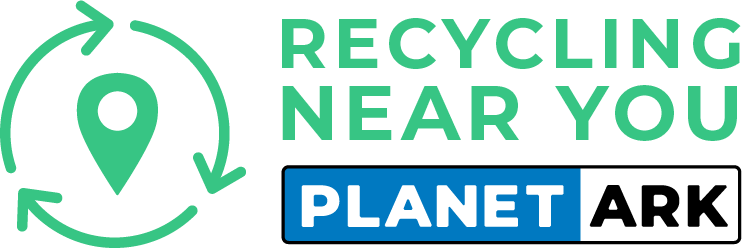Egg Cartons made from cardboard are easily and effectively recycled which can prevent the release of methane from cardboard in landfill, saves trees and reduces water and energy use.
Everything you need to know about recycling cardboard
FIND A RECYCLER
Learn more about recycling cardboard
How to recycle cardboard at work
There are a few options for businesses and workplaces that want to recycle cardboard, which are mostly dependent on the quantity of cardboard your workplace generates.
If you have large quantities of cardboard to recycle, it may be beneficial to organise a regular collection service with a commercial recycler. Use the directory on this page to find a recycler near you. These recyclers can also be contacted if you have a large quantity of cardboard to dispose of, but do not need a regular collection service.
Small businesses that only generate small quantities of cardboard like a household) should be able to recycle their cardboard in their co-mingled recycling bin. Check directly with your waste contractor or council.
Tips for recycling cardboard
Follow these recycling tips for paper and cardboard:
-
Make sure paper and cardboard are clean and dry before putting them in the recycling bin.
-
Flatten paper and cardboard to make it as easy as possible for the recyclers.
-
Flattening the paper and cardboard will take up less space in bins and trucks, and it will also make sure the paper and cardboard move through the sorting process at the recycling facility without issue.
Some businesses may benefit from purchasing or leasing recycling equipment, such as balers and compactors, to efficiently manage the cardboard before it is picked up for recycling. Cardboard balers and compactors may even save your business money by taking up less space during transportation.
Why Recycle?
Cardboard can be recycled many times (between four and eight times before the fibres become too short to use again). Most cardboard is actually produced from recycled paper.
When paper and cardboard are sent to landfill rather than being recycled, they create methane as they break down. Methane is a greenhouse gas that is more potent than carbon dioxide and a major contribute or to global warming.
Recycling paper and cardboard provides businesses with access to recycled materials, so they don't have to cut down trees to make their products. According to Sustainability Victoria, manufacturing recycled paper can use up to 90% less water and 50% less energy than making it from trees.
What happens to it?
Cardboard can be recycled into many types of products, including cat litter and egg cartons.
Cardboard that is mixed in with other recyclable items in the recycling bin will be taken to a Materials Recovery Facility (MRF), where the items are sorted into different materials. The cardboard is sorted into bales and then sent to reprocessing facilities, where the fibres in the cardboard are recycled and turned into new materials.
Cardboard that has been separated from other recyclable items and collected separately will likely be taken to a facility that recycles paper and cardboard. During the recycling process, the cardboard fibres are separated and turned into pulp, which is then de-inked, cleaned, and made into new sheets of paper, which can be used to make new paper products such as cardboard boxes.
Using recycled paper
Purchasing recycled paper for your home office or workplace is a great way to help the planet. It supports the recycling industry by closing the recycling loops and keeps paper and cardboard out of landfill.
Using recycled paper saves trees. According to Sustainability Victoria, using 100 reams of recycled office paper (printed double-sided) instead of virgin paper or paper that hasn't been printed on double-sided will save:
-
Two trees
-
More than one tonne of greenhouse gas
-
Almost a cubic metre of landfill space.
Frequently Asked Questions
How is cardboard recycled?
< Cardboard that is collected for recycling is either taken directly to recycling facility or it is first sorted and baled at a Materials Recovery Facility (MRF). Once the cardboard has reached the reprocessing facilities, the fibres in the cardboard are recycled and turned into new materials. During the recycling process, the cardboard fibres are separated and turned into a pulp, which is then de-inked, cleaned, and made into new sheets of paper, which can be used to make new paper products such as cardboard boxes.
What does cardboard get recycled into?
Most cardboard is readily recyclable, so it is important to remember to place it in your household recycling bin, where possible.
Compared with other paper-based products, cardboard is made from relatively low-quality fibres. Therefore, paper sheets made from recycled cardboard can only be used to make more cardboard, or to make materials which require lower quality paper fibres.?Products made from recycled cardboard include cardboard boxes, egg cartons and cat litter.
What are egg cartons made out of?
Egg cartons are generally made from paperboard or cardboard – excitingly, most egg cartons are made from 100% recycled paper pulp.
Can shredded paper be recycled?
No, shredded paper should not be put in your recycling bin. Paper that has been shredded will likely not be sorted correctly at the recycling facility where it could contaminate other materials like plastic. Shredded paper should be put in your garbage bin.
If you have a composting service for organics, you may be able to add the shredded paper to the compost. Check directly with your service provider.









